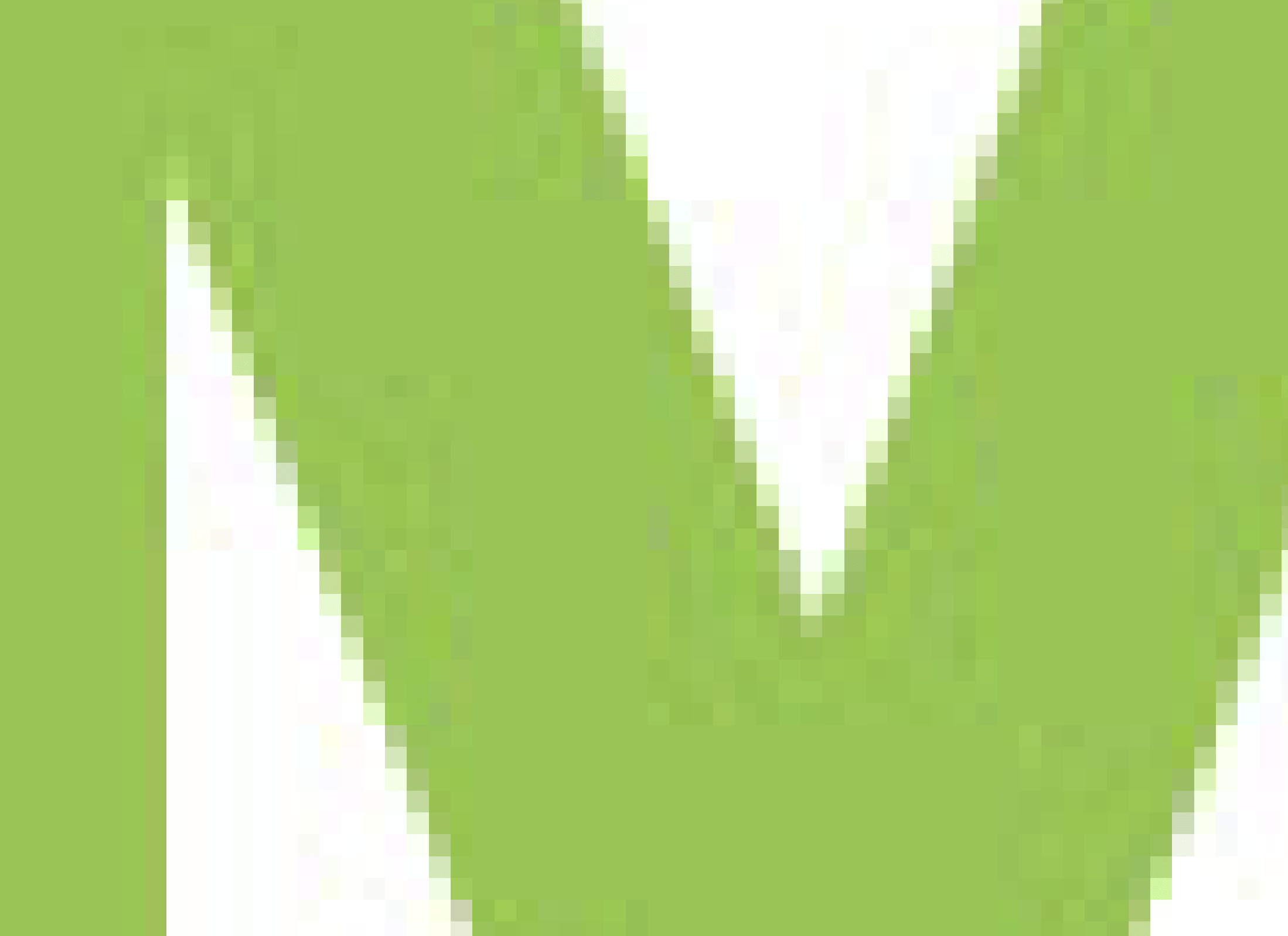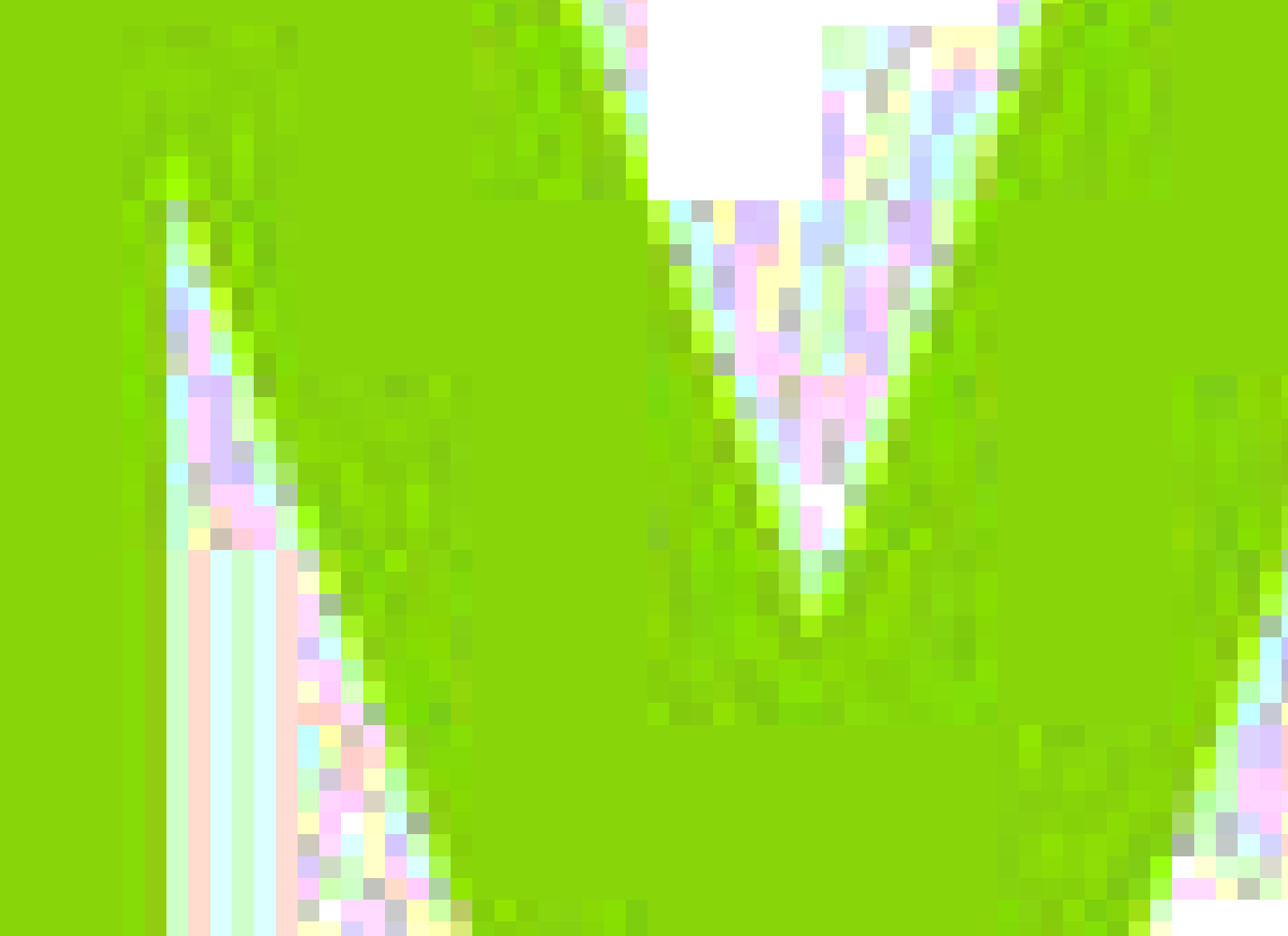A client just sent me a logo to add to their website. I let out a little whimper when I looked at the file and noticed that, as is so often the case when someone sends me a logo, it’s a JPEG.
Without naming names (or, hopefully, showing enough of the logo to give away the identity), here’s a close-up detail of the actual JPEG I was sent, which does a really good job of illustrating the issues. I zoomed way in on the file in Affinity Photo (my preferred alternative to the 800-pound gorilla of design software), and captured a screenshot which I am sharing here as a PNG — the correct format for logos, because it doesn’t introduce these “compression artifacts“:

Just in case the problems are not readily apparent to your eye, here’s a version where I’ve cranked up the contrast to accentuate the inconsistency of the colors in the image:

And for comparison, here’s what the same level of detail would look like if the image were delivered in PNG format instead of JPEG:

Of course, these days we can do even better than PNG. If a logo is a vector-based design (which it really should be), we can use SVG to get a perfectly sharp rendering of the logo at any size. Here’s what that would look like, zoomed in the same amount:

To be clear: the logo is not for my client’s organization itself. If that were the case I would have pushed back. It’s the logo of a partner organization that was provided to my client to add to the site, so there’s probably little that could be done. (OK, that’s not true; I could — and did — do what I often do in this situation. I went out and found a PNG version of the logo myself.)
